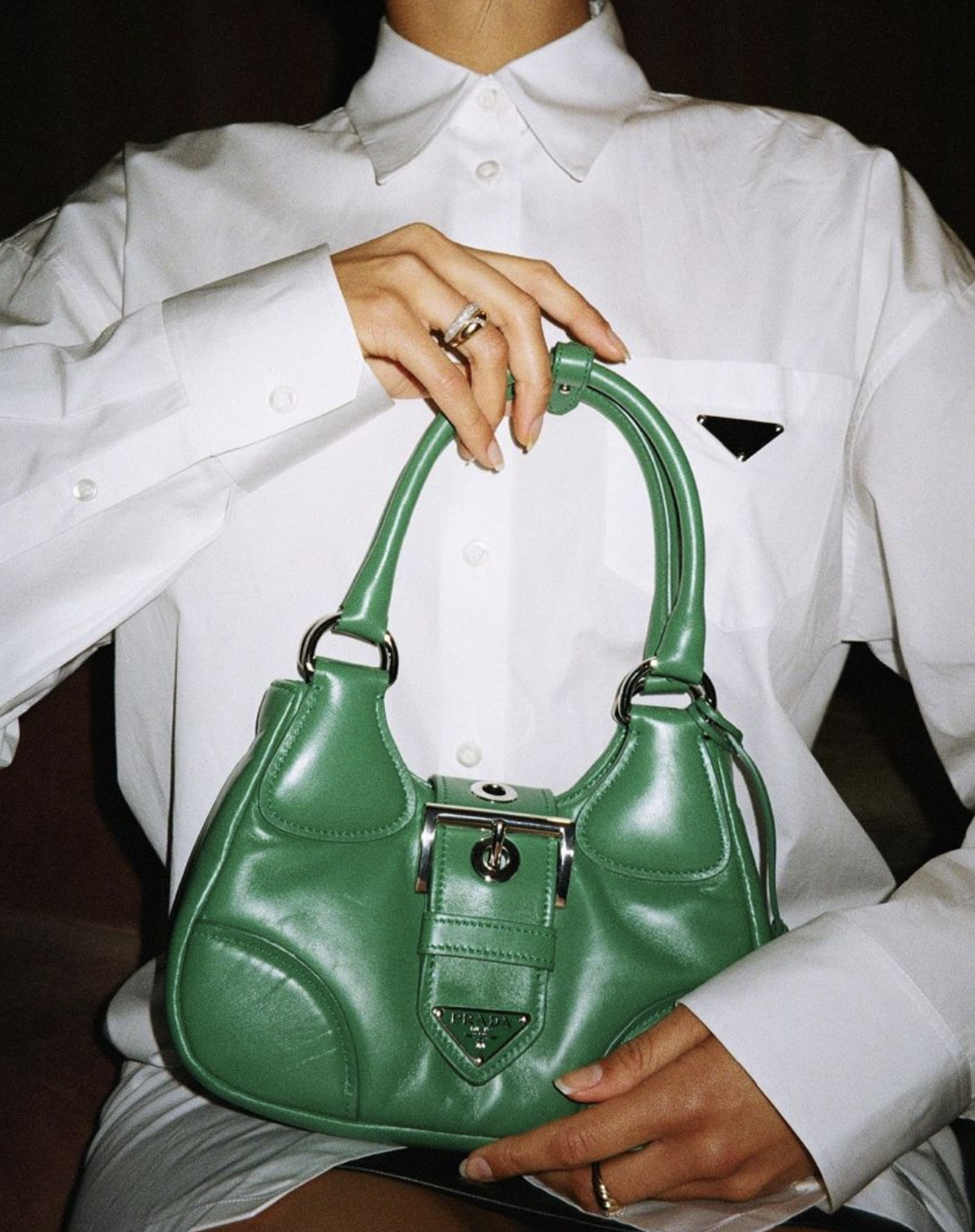Bad Bunny, the global music phenomenon known for pushing the boundaries of both sound and style, has once again captured attention—this time not with a chart-topping single or sold-out tour, but through a bold fashion choice: ballet flats. The reggaeton and trap superstar recently stepped out in the traditionally feminine footwear, marking yet another moment in his ongoing challenge to traditional gender norms in fashion and celebrity culture.
Long celebrated for his genre-defying music and fluid personal style, Bad Bunny has made a name for himself by refusing to conform to conventional expectations. Whether it’s painted nails, flamboyant accessories, or skirts on red carpets, the Puerto Rican artist consistently blends the masculine and the feminine in ways that have sparked admiration and debate alike. His latest look—featuring simple, elegant ballet flats paired with a laid-back ensemble—continues that conversation, reinforcing his status as a fashion disruptor and cultural trailblazer.
Wearing ballet flats in a high-profile appearance may seem like a small gesture, but within the fashion world and beyond, it carries weight. Traditionally associated with women’s fashion, ballet flats evoke a sense of delicacy, elegance, and restraint. For a male artist of Bad Bunny’s stature to embrace the style so publicly challenges long-held assumptions about what men can and should wear. It’s a subtle but powerful way of expanding the boundaries of modern masculinity.
Fashion critics and pop culture analysts were quick to react. Some hailed the look as another example of Bad Bunny’s fearless commitment to personal expression, while others viewed it as a calculated move designed to generate buzz. Yet even among the skeptics, there was acknowledgment of the cultural significance of the moment. At a time when mainstream fashion is grappling with questions of inclusivity and identity, his choice of footwear fits squarely within a broader movement toward gender-neutral dressing and body-positive visibility.
Bad Bunny’s fashion selections are not isolated events. They both echo and shape worldwide discussions on personal expression, particularly in Latino culture, where conventional ideas on gender roles have traditionally been more fixed. By choosing to wear ballet flats, he directly challenges these norms and creates opportunities for younger supporters who might feel restricted by societal pressures. His behaviors imply that self-assurance and genuineness take precedence over categories, and that fashion should focus on individuality rather than acquiescence.
In interviews, Bad Bunny has often spoken about his desire to be himself without limits. He’s repeatedly emphasized that his fashion decisions are driven by mood, comfort, and message—not by what’s considered “appropriate” for men. His runway appearances, magazine covers, and public events have featured him in a range of styles: from flamboyant streetwear to custom couture that blurs lines between gendered fashion. The ballet flats moment adds another dimension to that evolving personal narrative.
The selection of attire is part of a wider movement in the fashion world. High-end labels and large retailers are now adopting gender-neutral collections and promoting inclusivity in their marketing strategies, with shoes taking center stage. Ballet flats, previously categorized solely as women’s footwear, are now being redesigned to appeal to a broader audience. Fashion designers are providing more options with larger sizes, neutral colors, and styles that suit any gender, mirroring evolving preferences and societal changes.
Opting for ballet flats, Bad Bunny is not merely aligning with trends—he’s shaping them. His significant influence, especially on the younger audience, leads to his fashion decisions often sparking conversation and emulation. Stores are already observing a heightened curiosity in men’s ballet flats since his showing, signifying that an impact is happening. As with many of his prior fashion moments, what started as an individual choice has rapidly become a cultural reference point.
There’s also a deeper, artistic layer to this move. Ballet, as a discipline, is known for its physical rigor, creative expression, and emphasis on form. By drawing a connection—visually or symbolically—to the world of dance, Bad Bunny may be signaling a respect for artistry that transcends genres. Whether intentional or not, the reference evokes a kind of physical poetry: just as ballet dancers use their bodies to express emotion, he uses clothing to communicate ideas about freedom, vulnerability, and resistance.
The reaction from the public has been understandably varied. Numerous enthusiasts admired his bold fashion statements and cheered the portrayal of uniqueness, while some felt puzzled or uneasy. However, this kind of tension is exactly where cultural shifts occur. Performers such as Bad Bunny are essential in redefining societal norms by embracing uniqueness. They function as mirrors, not only reflecting changes in society but also assisting in molding them.
Beyond aesthetics, his decision to wear ballet flats also speaks to the democratization of fashion. In an era where social media can elevate any image into a viral moment, what a celebrity wears becomes part of a larger narrative about identity, power, and visibility. Bad Bunny’s fashion statements often go beyond personal taste—they are acts of self-definition in a world where public figures are scrutinized at every turn. His ballet flats aren’t just shoes—they’re symbols.
As he continues to ascend in both the music and fashion worlds, Bad Bunny’s influence shows no signs of slowing down. Each public appearance offers a new opportunity to challenge expectations and redefine norms—not just for men, or Latinos, or musicians, but for anyone seeking permission to be fully themselves. His embrace of ballet flats may seem like a small step, but for many, it’s a bold leap forward in the ongoing dance between fashion and identity.
Bad Bunny’s latest style choice is a reminder that fashion is more than fabric—it’s a statement of presence, a form of language, and an assertion of individuality. And in ballet flats or not, he continues to move to his own rhythm—confidently, creatively, and unapologetically.
:max_bytes(150000):strip_icc()/GettyImages-1695691125-3d737b3b7a1040c7907808bb375b0076.jpg)


